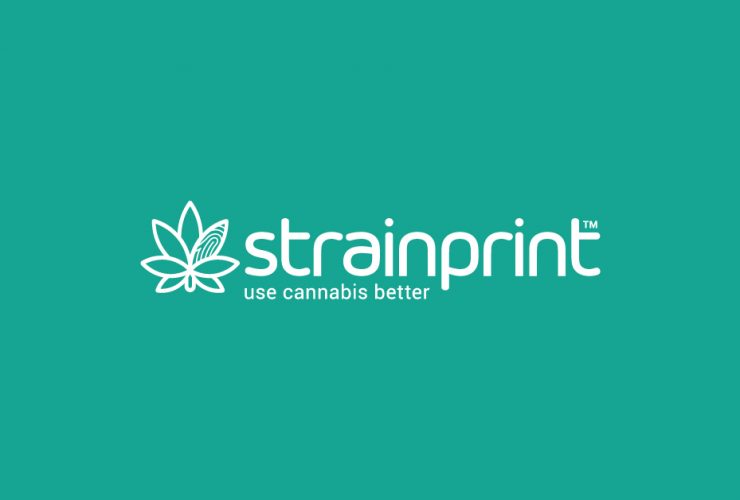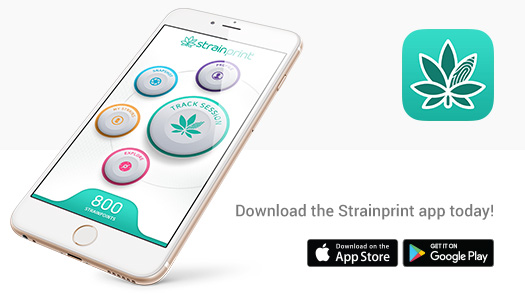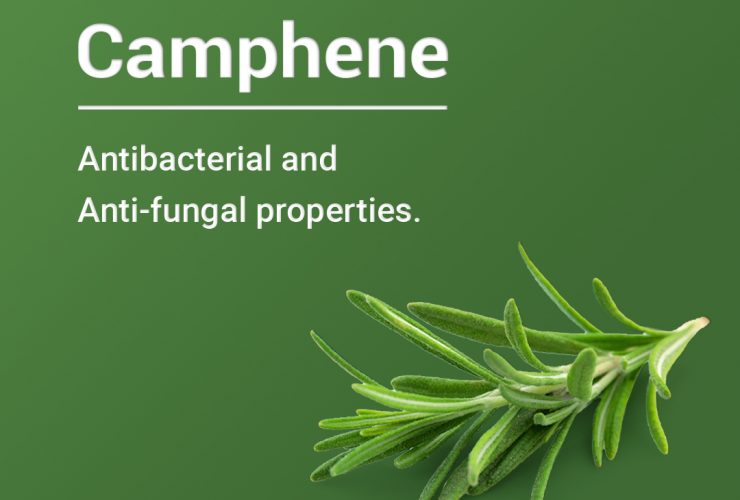5 Unique Facts About Cannabidiol (CBD)

Written by
When talking about cannabis, there are two main cannabinoids that make their way into most cannabis discourses: THC and CBD (Cannabidiol). While each are of equal value amongst the hundreds of cannabinoid compounds within the cannabis plant, they serve very different functions for the user and achieve different effects.
THC, or tetrahydrocannabinol is responsible for the psychoactive effect of cannabis; this is the cannabinoid that gets users “high”.
CBD, or cannabidiol, is one of the most powerful parts of the cannabis plant due to its healing properties. CBD is widely lauded in the medical marijuana community for its effectiveness in helping users experience relief from many medical-related ailments and issues.
Here are 5 unique facts about cannabidiol that have people talking:
- CBD does not get you high
One of the misconceptions about CBD has been that since it’s a derivative from the cannabis plant, it must get you high. Further confusion was brought about last year in the USA when the DEA classified CBD as a Schedule 1 drug, arousing the cannabis and hemp-based community globally to clear the smoke on exactly what CBD is.
Those who are using medical marijuana often look for high-CBD strains to bring out the positive therapeutic effects reported by CBD users, particularly in its application to aid in the relief of anxiety and depression, PTSD and insomnia, among other health issues.
- CBD and THC work in interesting ways
In the medical marijuana community, the role of THC is often up for debate and much concern because of the way THC and CBD can interact with each other in certain contexts.
For instance, if someone is using a strain with an equal CBD to THC ratio recommended to combat feelings of anxiety, the CBD will work to counteract the feelings of paranoia that THC can often induce.
Similarly, THC has been said to alter the painkilling properties of CBC, which shows an important interaction between these compounds and how the one can support the other in therapeutic cannabis situations.
The ways that THC and CBD interact are being further researched and experiences continue to be shared about how different THC:CBD strain ratios work together.
- CBD is both hemp-derived and marijuana-derived
You’ll often see CBD advertised in two main formats: hemp-derived CBD and marijuana-derived CBD. Both from the cannabis plant, hemp and marijuana serve different functions and are approached with different legalities.
For the most part, hemp-based CBD is not illegal and can be found in health-food stores and can be purchased online. These derivatives do not contain any of the THC that could be present in marijuana-derived CBD, and if they do, it’s in extremely small trace amounts that have no effect on the user.
Hemp-based CBD are up for debate in terms of their effectiveness in comparison to marijuana-based CBD. While both hemp and marijuana contain CBD, the marijuana plant contains a higher level of CBD for increased therapeutic and healing properties. As mentioned above, marijuana-based CBD is also lauded for its interaction with THC and how the CBD effects can be enhanced.
Nonetheless, hemp-based CBD are making its way into popular discourse, particularly in sports, where recently, the World Anti-Doping Agency removed hemp-based CBD from its list of prohibited substances. This move came after MMA fighter Nate Diaz was seen “vaping” hemp-CBD and opened the dialogue about its healing properties against the inflammation and pain caused to athletes by their sports.
- CBDs are showing promise for mental health
While it’s usually recommended that those suffering from mental health issues like anxiety and depression stay away from high-THC strains, high-CBD strains are showing promise for the relief of depression, anxiety, and PTSD.
Scientifically, most of the research on CBDs are in “pre-trial” phases, or clinical studies are being completed with experimental animals (i.e. rats), but early data is showing that CBD can help the brain transmit more serotonin signals, reducing anxiety and boosting mood.
Other preliminary studies are looking at how CBD can help the hippocampus, the part of the brain responsible for memory and cognition, regenerate neurons, as science has already suggested the birth of new hippocampal neurons can be what’s needed in the treatment of depression.
CBD is also becoming extremely common in communities who are combating PTSD. The preliminary research on the endocannabinoid receptors in the brain is showing how CBD can play a role in “normal fear-extinction”. Research is mostly hinged on the belief that CBD can interrupt the signals in the amygdala-hippocampal-cortico-striatal circuit, which is the primary brain function coordinates fear-related memories and brings the body to respond to fear-related behaviours.
Because of the connection between anxiety, depression, and PTSD to sleep patterns, sleep specialists have begun to look at CBD as a relief for insomnia, where the CBD stimulates alertness during the daytime hours and simulates fatigue during the nighttime hours. Those who laud the benefits of CBD on insomnia report a regulated sleep schedule, more time spent sleeping, and an overall improvement in sleep quality.
- CBD Can Be Introduced Into Your Body in Various Ways
The key to the effectiveness of CBD is your body’s own endocannabinoid system, which is nature’s way of showing us that our bodies have been created to benefit from the cannabis plant when introduced.
Cannabinoid receptors are found all over the human body. CB1 receptors are found in the central nervous system. CB2 receptors are more often found in immune cells, your digestive tract, and in your peripheral nervous system. Therefore there are many ways CBD can be introduced into your endocannabinoid system:
- Orally – Through ingesting CBD through tinctures, oils, or drops that can be ingested under the tongue or added to your food
- Topically – By using CBD-infused salves, massage oils, and ointments that allow your skin to absorb the CBD
- Vaporizing – Inhaling active CBD through your lung tissues by way of a vaporizer
- Anally or Vaginally – CBD suppositories have been developed by LPs to allow people to gain the benefits of CBD through the anal or vaginal membranes
Explore CBD with Strainprint
If you’re interested in seeing how CBD-products and CBD-rich cannabis strains can enhance your health and lifestyle, check out the Strainprint app. By entering in some of the symptoms you are experiencing, you’ll be brought to real-time data that will help you learn which strains, ingestion methods, and dose will work best for finding relief. The best part is that you can provide your feedback to other users of CBD strains who are relying on user’s experiences to help them make decisions about their cannabis strains.



